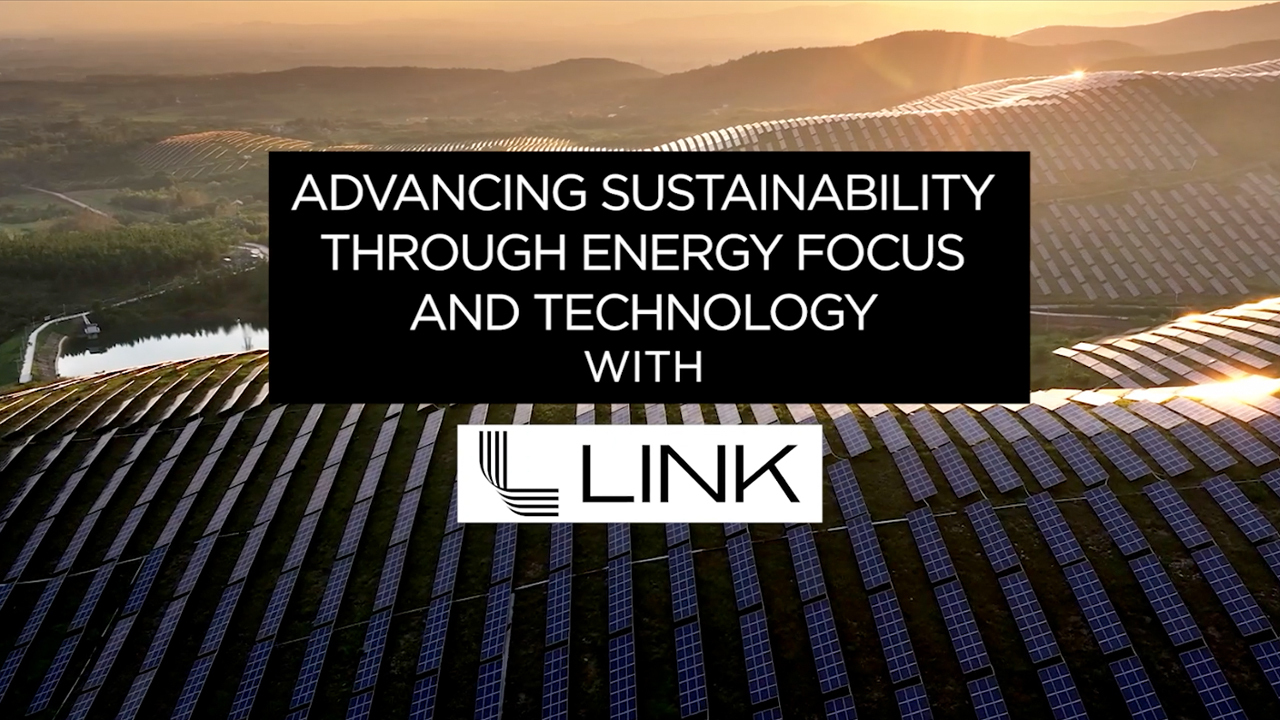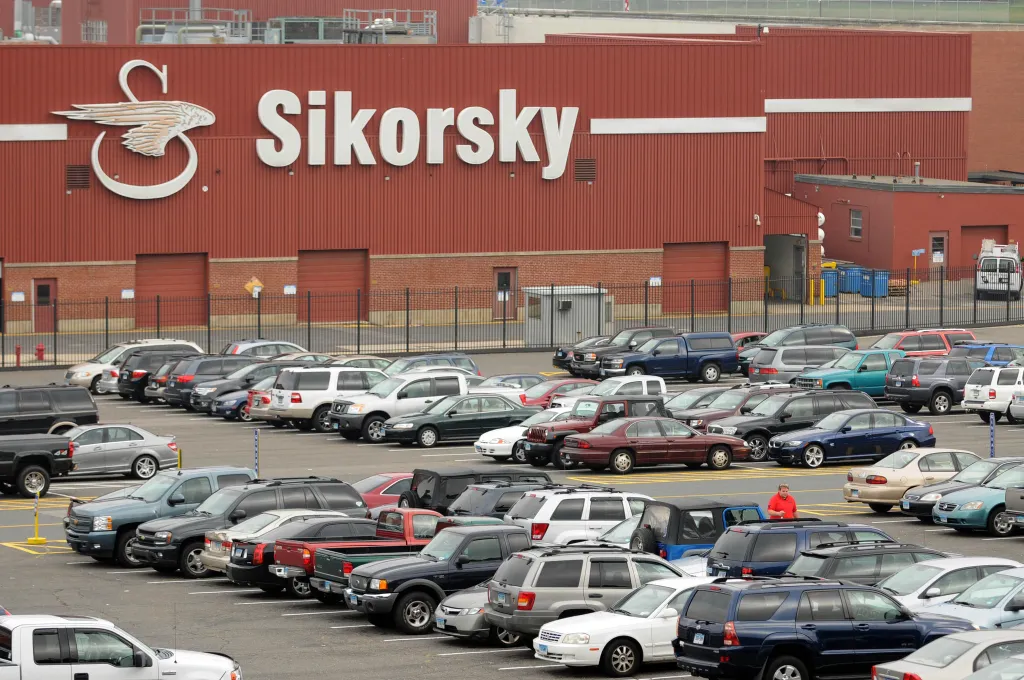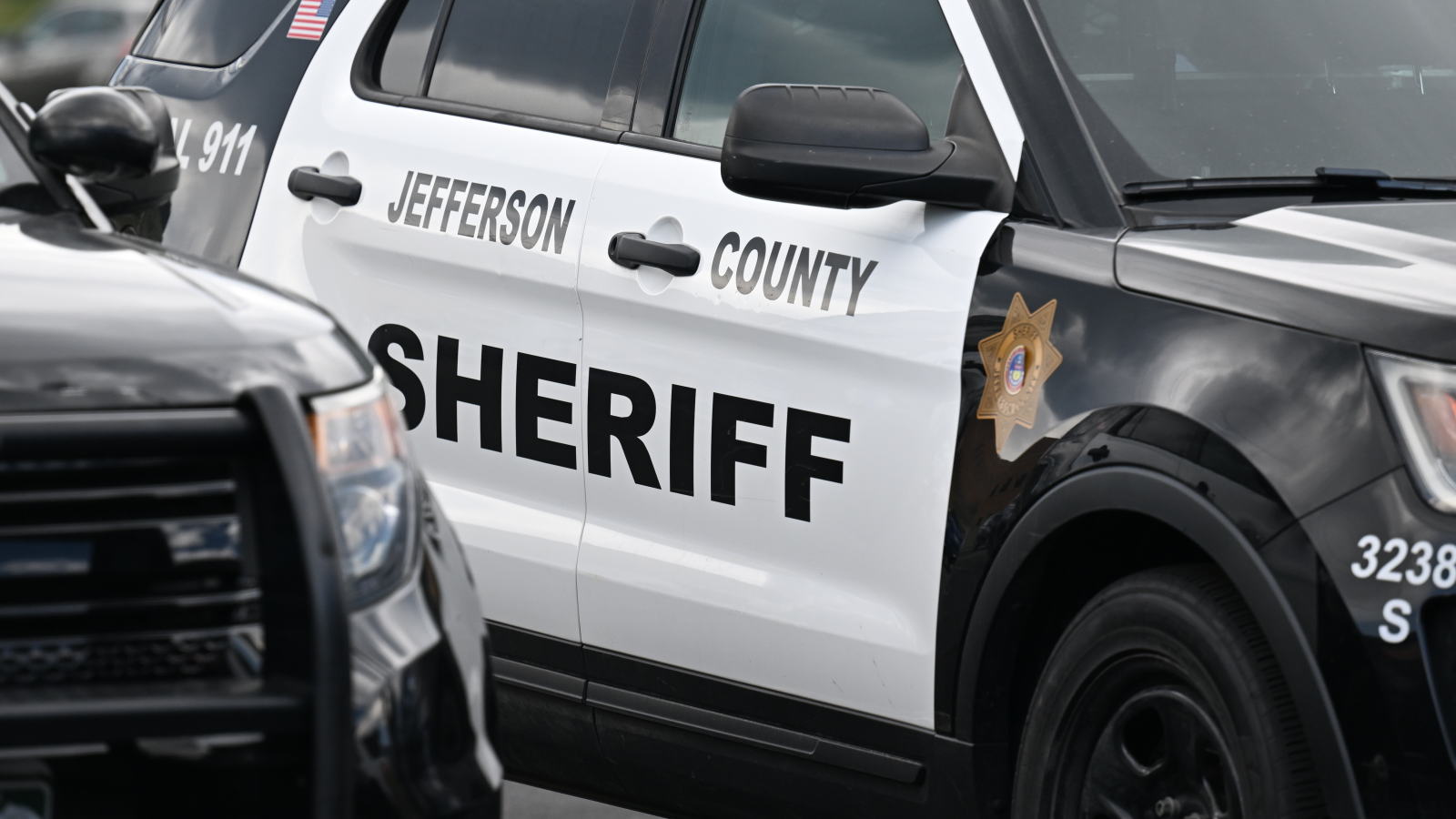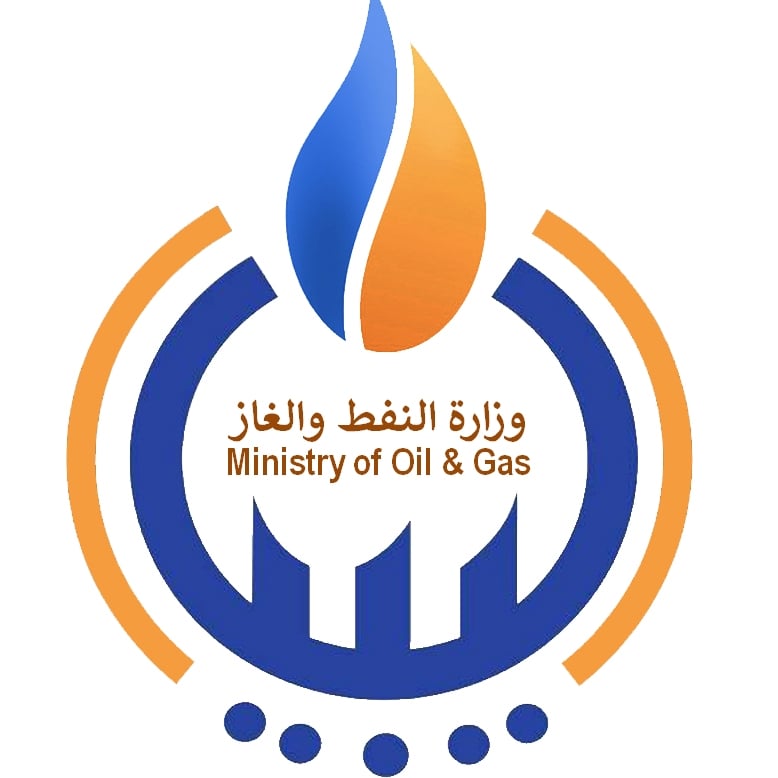Link Logistics highlights customer-focused sustainability advancements through energy management and infrastructure

Link Logistics, a major industrial real estate company with a 500 million-square-foot portfolio of last-mile properties, recently released its annual sustainability report highlighting significant progress in energy efficiency and renewable energy deployment. Tyler Deaton, who recently transitioned to become the company’s senior vice president and head of Sustainability, spoke with FreightWaves about the report and the company’s comprehensive approach to sustainability.
Before taking his new role, Deaton served as head of Building Solutions at Link Logistics, where he focused on optimizing sustainable building features in warehouses across the portfolio. He oversaw on-site renewable deployment, Link’s national LED program, building systems integration and other sustainable infrastructure programs.
Before joining Link Logistics, Deaton led sustainable design and construction within J.P. Morgan’s Global Real Estate Group.
“As Link’s new head of sustainability, I’m going to continue to focus on a data-driven decarbonization strategy across our 500 million-square-foot portfolio of last-mile industrial real estate, which focuses first and foremost on optimizing efficiency, and we’re really focused on solutions that drive measurable value to our customers and support their sustainability objectives,” Deaton told FreightWaves in an interview.
Deaton also talked about the progress Link Logistics has made across its sustainability program, with the company recently publishing its latest sustainability report. “I’m incredibly proud of the report that highlights the progress over the last year, and really proud of all the hard work from the team that went into making those achievements possible.”
An added bonus, Deaton said, was that the latest sustainability report is digital-first for the first time this year.
“Sustainability has been central to our mission from the beginning. It always comes back to creating long-term value for our customers while advancing those decarbonization strategies,” said Deaton.
He mentioned a few key highlights from the report, including over 49 million square feet of LED or high-efficiency lighting retrofits, bringing Link Logistics’ total to 238 million square feet. Deaton said it’s not only about saving energy; there are also benefits of the built environment that Link’s customers and their employees occupy while working in those spaces.
In addition to the lighting, Link Logistics installed approximately 19 megawatts of solar panels on its warehouses to augment the over 75 megawatts of solar installed across its property portfolio. For Link, that’s just the start, with the company expecting to install additional solar solutions in the coming year.
“We’ve spent this past year seeing where we can find those opportunities across the portfolio and are looking forward to deploying even more solar next year as we continue through our diligence and development process,” said Deaton.
These sustainability programs have helped the 9,000 Link Logistics customers across the U.S. take advantage of sourcing, producing and managing more efficient and higher-performing warehouse facilities. Deaton notes that an added benefit is the over 1,700 metric tons of carbon reductions through their energy efficiency projects.
These highlights tie into a larger goal of energy management being at the core of Link Logistics’ sustainability program. “Energy management is a central pillar of Link’s sustainability strategy. It’s a function that ensures we are leading the market when it comes to utility and energy management for our customers. We have a team that has deep industry knowledge around utilities and optimization opportunities with our first-of-its-kind energy and utility management platform called Energy Solutions, which is accessible to our customers through our digital customer platform Link+.”
Energy Solutions is focused on achieving cost savings for enrolled customers and reducing their utility management burden. The program also addresses a common challenge in industrial real estate known as the “split incentive barrier,” where building owners and tenants may have misaligned interests regarding energy investments.
Looking ahead, Link Logistics is exploring additional technologies such as battery storage to further optimize energy use. These systems would allow customers to charge batteries during off-peak hours when energy is less expensive and use that stored energy during peak demand periods.
“You can shave those peak demand loads and find efficiencies, and even charge those batteries during off-peak hours in the evening when energy is typically less expensive,” Deaton explained.
“Our goal is to be future-ready… There is an ever-increasing focus and demand from our customers on energy for their operations to power everything from advanced robotics to manufacturing to fleet electrification. All of that is driving a greater focus on energy and power availability,” said Deaton.



